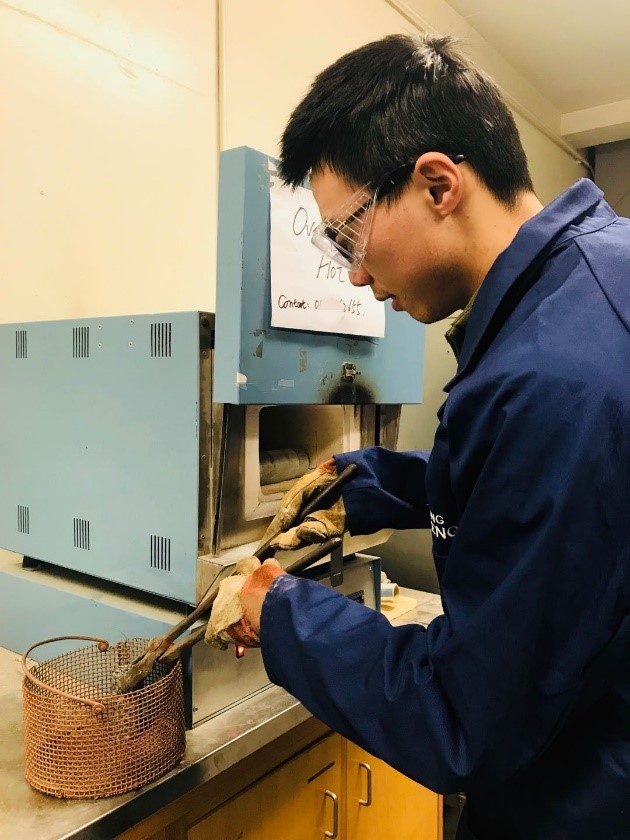As fossil-fuels-dominated energy mix has conducted many environmental concerns such as extreme weather events, smog, and acid rain due to the exhaust emissions, a worldwide concern is aroused to strengthen the efforts in developing alternative green energies. Geothermal energy, as a renewable and sustainable alternative, has distinct advantages in aspects of large reserve, weather proof, base load, stability and safety. EGS (Enhanced Geothermal System), aiming at extracting heat resources from HDR (Hot Dry Rock), is convinced to have great potentials. For instances, it can feed China and US for several millenniums given only 2% of their EGS reserve at depth from 3~10km been efficiently utilized.
As a general concept of EGS, it first adopts permeability stimulation to enhance the permeability of HDR and then pumps fluid cycling from injection borehole(s) to production borehole(s) via the sub-ground fractured hot rock with deep thermal energy being carried out within the heated fluid. The engineering measures of EGS is primarily associated with the damage of reservoir rock being along with complex interactions among thermal, hydraulic and mechanical processes. A satisfactory EGS would initiate a fracture pattern that, on the one hand, ensures comparatively high formation permeability allowing adequate rate of cycling flow; On the other hand, the fracture pattern is excepted not to include direct main fractures connecting injection and production boreholes to avoid short-circuits. Currently, field trails have seldom stricken excellent balances between the two poles, retarding the commercialization of heat mining from HRD. However, the two dialectical poles can be unified assuming that a fracture pattern (crack network) is obtained that crosses every contact of rock grains (breaks every inter-granular contact bonds and even generate inner-granular cracks). In the scenario, the heat in each grain can be flushed out with adequate fluid-flow rate flowing twisting every grain.
Therefore, this work studies mechanisms of damage evolution of reservoir rock in EGS with hydro, thermo, and mechanical alteration, from rock particle perspective, which will contribute to realising the aforementioned scenario. Attentions will be given to both separate and coupled hydro, thermo, and mechanical processes to shed light on the topic via methodologies of numerical simulation (configured on Discrete Element Method) (~70%), theoretical derivation (~15%) and experimental investigations (~15%). A series of work will be carried out to address the effects of varying rock internal parameters (mineral composition/distribution, micro-texture, thermo properties, etc.), type of stimulating fluid (water-based, CO2 and ScCO2) and external hydro, thermos, mechanical conditions. The work above is designed intending to obtain a comprehensive knowledge on rock damage evolution to improve the crack geometry for optimum heat extraction in EGS. Specifically, granite i. e. a common reservoir rock of EGS will be mainly used in the project.

